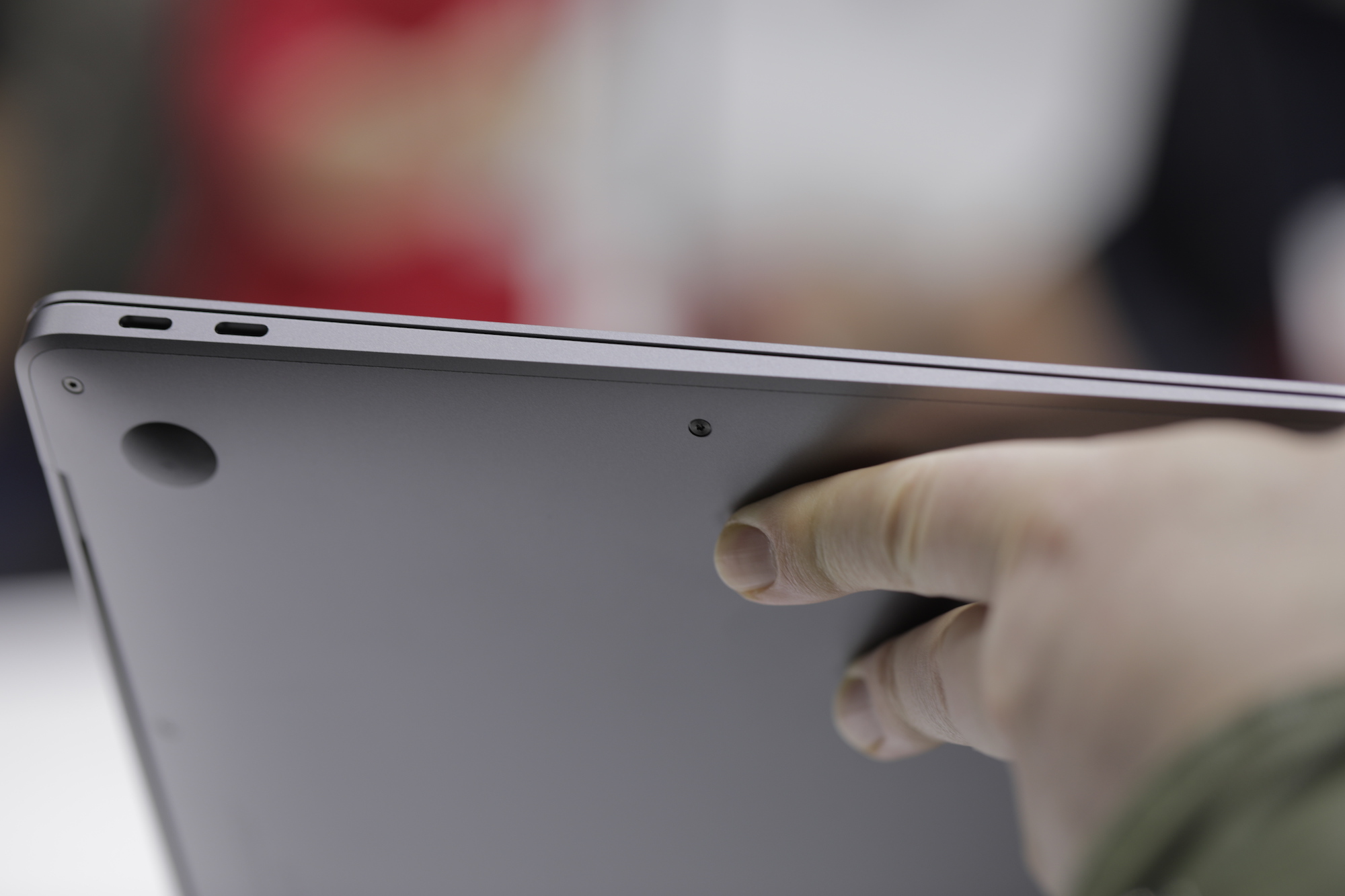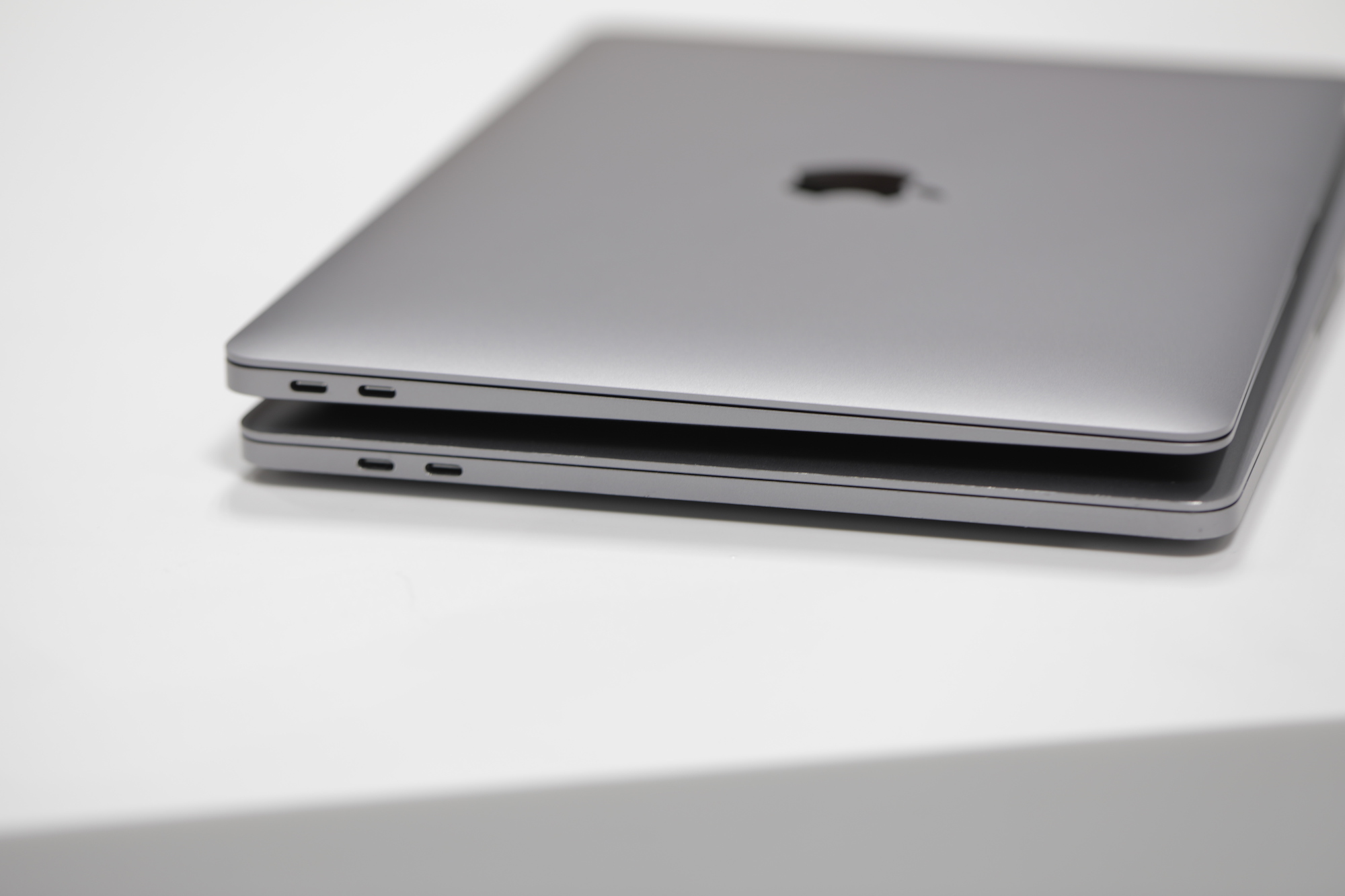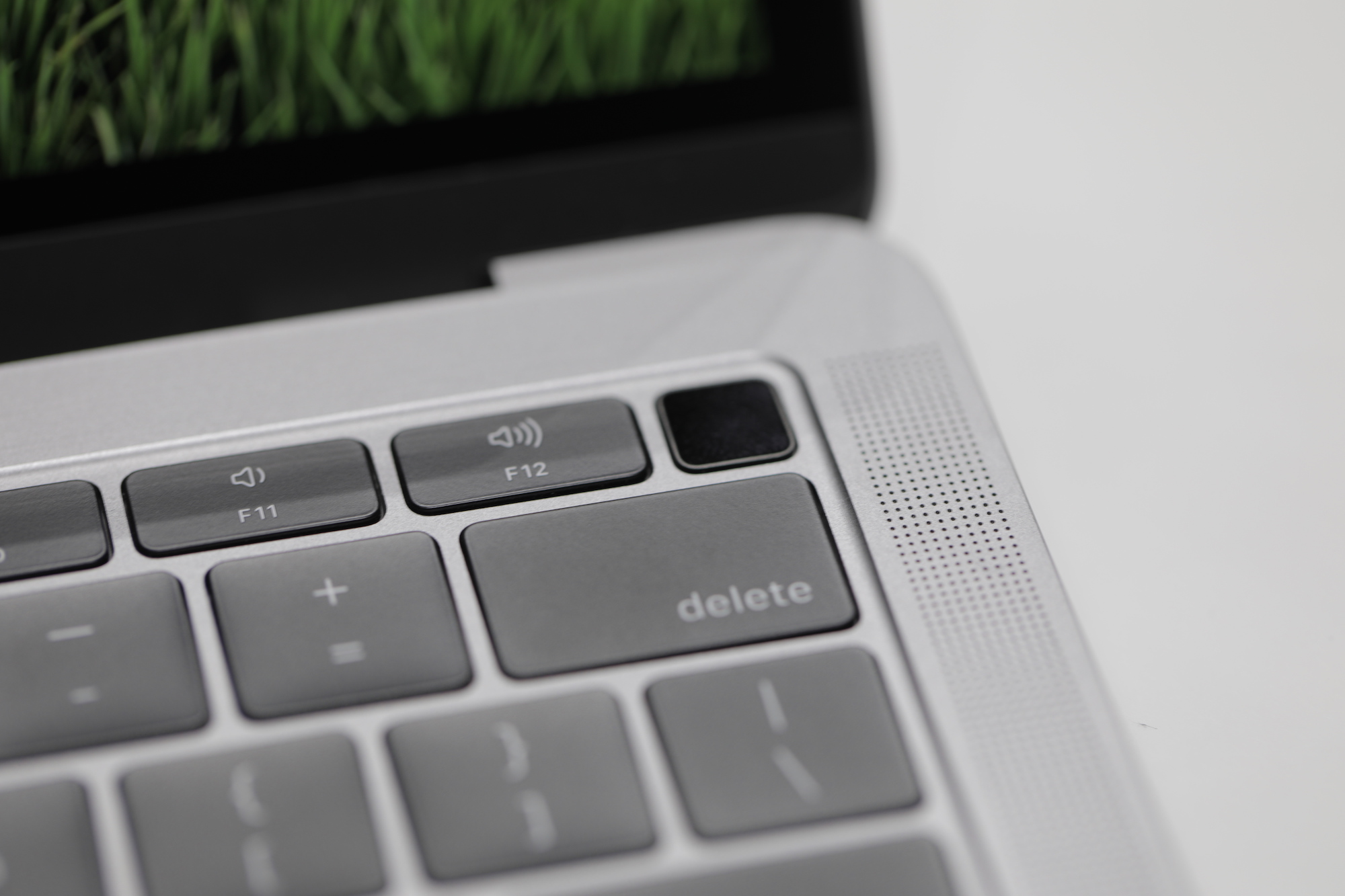Music
Trailers
DailyVideos
India
Pakistan
Afghanistan
Bangladesh
Srilanka
Nepal
Thailand
StockMarket
Business
Technology
Startup
Trending Videos
Coupons
Football
Search
Download App in Playstore
Download App
Best Collections
Technology

- Details
- Category: Technology
Read more: Apple Gives iPads And Macs A Much-Needed Refresh
Write comment (99 Comments)
- Details
- Category: Technology
Read more: Who Is Gab Founder Andrew Torba
Write comment (90 Comments)Last summer, Google introduced its own take on Bitmoji with the launch of &Mini& stickers in its keyboard app, Gboard, which leverage machine learning to create illustrated stickers based on your selfie. Today, Google is expanding the Mini Stickers with the launch of what it calls &Emoji Minis& & meaning, emoji-sized stickers that look like you.
Similar to the initial launch of Mini stickers, the new emoji are also created using machine learning techniques, Google says.
The company said the idea is to give people a way to use emoji they feel better represent who they really are.
&Emoji Minis are designed for those who may have stared into the eyes of emoji and not seen yourself staring back,& explained Google, in a blog post. &These sticker versions of the emoji you use every day are customizable so you can make them look just like you.&
That means your emoji can have differently colored hair & like green or blue or gray, for example & or piercings. It can be wearing a hat, head covering, or glasses.
Google says it uses neural networks to suggest skin tones, hairstyles, and accessories that you can then fine tune. You can choose a color for your hair, facial hair, or select different types of head covering and eyewear. You can also add freckles or wrinkles, if you want.
The result is a not just a single emoji, but a selection of options. For example, you can use your custom emoji as a zombie, mage, heart eyes, crying eyes, shruggie, and all the others.
This the third style ofMini stickers, first introduced last year. Already, these stickers come in two other styles & a more expressive &bold& and a nicer &sweet.&
While it may seem like a minor thing, creative emoji & and specifically, personalized emoji & can be a big draw for messaging apps. Apple advertises its clever Animoji and personalized Memojias flagship features of its newer Face ID-powered phones. Snapchat bought Bitmoji (Bitstrips) to give its users access to more tools for creative expression. Samsung lets you make your own AR emoji that look like you. And people celebrated when the Unicode Consortium diversified to include more skin tones, and added, at long last, redheads.
Gboard, whose app has been downloaded over a billion times on Google Play, has a similar draw, thanks to its selfie-based stickers.
The company says the new Emoji Minis are available in all Gboard languages and countries, on both iOS and Android, starting today.
- Details
- Category: Technology
Read more: Google’s Gboard now lets you create a set of emoji that look like you
Write comment (97 Comments)Drivers can now listen to their favorite tunes without having to leave the Waze navigation app.
This week, Waze added an audio player to its crowdsourced navigation app that aims to deliver music, podcasts and other content from seven major platforms, including Pandora, Deezer, iHeartRadio, NPR, Scribd, Stitcher and TuneIn.These partners have integrated their audio experience intoWazeby using a new suite of developer tools, called theWazeAudio Kit.
A beta version of its Android and iOS apps that include the embedded audio player, called Waze Audio Player, was released this week to members of Wazebeta community.WazeAudio Playerwill begin rolling out to allWazeusers in the coming weeks, the company said.
The decision to bring audio into the popular navigation app was inspired by the positive feedback the company received after its first audio integration with Spotify that launched in March 2017, Waze said.
Herehow it will work. Once users open Waze, the app willdetect any of the supported music apps installed on their smartphones. Users can tap the music note icon to select their audio app within Waze. To switch from one audio app to another — say from NPR to iHeartRadio — userstap the music note icon again and then hit &change app.&
Users will be able to control whichever content they&re listening to usingforward, backward and pause icons. They&ll also be able to save content to a library.
- Details
- Category: Technology
Read more: Waze's new audio gamer supports Pandora, Stitcher and more
Write comment (95 Comments)True Ventures never seems to be short on exits. Most recently, the 13-year-old venture firm saw early checks to Ring, Blue Bottle Coffee, Duo Security and Evident.io pay off via exits to Amazon, Nestle, Cisco and Palo Alto Networks, respectively. Collectively, it should be mentioned, these acquirers shelled out about $4 billion for the startups.
Then again, True, which has offices in Palo Alto and San Francisco, has been on a bit of a roll for years. Others of its bets include the 3D printing company Makerbot, acquired for $604 million in 2013; adtech company Brightroll, sold to Yahoo in late 2014 for $640 million in cash; cybersecurity company Caspida, acquired for $190 million by Splunk in the summer of 2015; and wearable device maker Fitbit, which went public in June 2015 and is currently valued at roughly $1 billion but whose market cap hovered around $7 billion in the months following its IPO. At the time, True owned 22 percent of the company.
Little wonder investors keep giving True more capital to invest. Indeed, just two years after the firm closed its fifth flagship fund with $310 million, ittoday announcing it has closed its sixth flagship fund with $350 million, along withits third &select& fund, which True will use to provide follow-on funding to the breakout companies in its portfolio. That new vehicle just closed with $285 million. (True closed its second &select& fund last year with $112 million in capital commitments.)
Last week, we caught up with firm co-founders Jon Callaghan and Phil Black to talk about True, which has long managed to secure ownership of up to 25 percent of the companies it backs with fairly small first checks of between $1 million and $3 million. We wanted to know whether and how shifts in the market have impacted its strategy.
Black, for his part, said that not much had changed, that the firm has always invested in founders, versus sectors, which explains bets like WeFarm, a digital farmer-to-farmer social network that enables far-flung individuals to share ideas and that currently operates in Kenya and Uganda.
Other bets that underscore the range of companies that True has backed include the molecular products company Zymergen, which received one of its first checks from True in 2013 and has gone on to raise $175 million altogether; the hair care company Madison Reed (it has now raised roughly $70 million); the Finnish global satellite monitoring company ICEYE ($54 million and counting); and more recently,Whole Biome, a company thatusing gut bacteria to help with drug discovery and whose pills Black says he has been happily taking — joking that, so far at least, &they have not killed me.&
Callaghan meanwhile says that even with the firmfifth fund, it was typically able to invest between $2 million and $2.5 million for between 20 and 25 percent of the companies it funds, largely by partnering early with founding teams that are trying to take a big swing at a particular market. It was among the first institutional investors in Blue Bottle Coffee, for example, investing in 2012 when the company was already a decade old and it was far from clear that its appeal would extend beyond Bay Area hipsters.
Another bet that looks smart in retrospect but struck plenty of other investors as odd early on is Peloton, the connected fitness company that blends stationary bikes and streaming live video classes. The company, which has raised nearly $1 billion at this point and is valued at $4 billion, reportedly had to piece together checks from more than 200 angel investors to get off the ground.
True co-led the company$30 million Series C round with Tiger Global Management back in 2015. Thanks to its select funds, it also committed the first $20 million to PelotonSeries F round, which closed with a whopping $550 million back in August. (Callaghan says True can &comfortably& invest up to $50 million in a single company, thanks to its later-stage vehicles.)
A large part of Truesuccess centers on its relentlessly positive messaging, which is that it supports founders through thick and thin — a claim it can support in many cases. When a financing round for the connected doorbell company Ring fell apart shortly before its acquisition by Amazon, True stepped in and re-invested in the company.
The firm has also long linked its founders in a kind of social network that many will say they&ve found highly useful over the years — so much so that some founders have now turned to True Ventures for their second and even third startups.
And True connects recent graduates who it helps place into tech jobs through a program that it calls True University. Over the last decade, says Callaghan, True has recruited 130 students who wouldn&t necessarily find an easy path to Silicon Valley, paying for them to intern at Trueportfolio companies with the hope that they might stick around the industry. (Perhaps invariably, a &bunch& have gone on to start their own companies, says Callaghan, though True has only invested directly in a couple of these.)
Not last, True, like certain other Bay Area venture firms, has a new, if inadvertent, advantage over some of its competitors: it has never raised money from a sovereign wealth fund — for largely economic reasons.
&Unless you count institutions and family offices in the U.K., we haven&t taken money from foreign sources,& says Black, explaining that: &As the years have passed, we&ve been approached by lots of newer groups to the category, including big hedge funds, but we&ve never done any weird, special deals. A lot of sovereigns expect you to give them special terms, and we don&t do that.&
Callaghan says the composition of TrueLPs also matter to the firm on an intellectual level. He points to a fund of funds called Legacy Venture in Palo Alto, which has backed True Ventures for years, as well as Andreessen Horowitz, Accel, Index Ventures and others. Legacy channels investment profits into causes and charities championed by the firms producing the profits, and &when you look at the foundations and groups they are looking to help, itreally impressive,& says Callaghan. &Itpretty great to think that a big win in Silicon Valley could have an impact on influencing poverty in Africa.&
- Details
- Category: Technology
Why, it seems like only yesterday that Steve Jobs first pulled the MacBook Air from a manila envelope for the world to see. It wasn&t, of course — that was 10 years ago this January. In that past decade, the ultraportable laptop has become a massive hit for the company, helping to redefine the notebook space.
But the world moves on, of course. In fact, that was kind of a theme at todaybig event in Brooklyn — bringing some overdue updates to some of the companymost iconic lines. Heck, even the Mac Mini got some love onstage today. But no Apple product deserved a makeover more than the MacBook.
The big change to the product is the most obvious — and far and away the most requested. Apple FINALLY brought a retina display to the device. That puts the new 13-inch screen at 2560 x 1600 — and it looks great. The bump up will be like night and day for longtime Air users who are finally ready to upgrade.

Of course, the update also means a bit of a price bump, from $999 to $1,999, which is one of many things that will further blur the line between the redesigned Air and the entry-level MacBook.
As it happens, the new Air also looks an awful lot like the rest of the MacBook line. No surprise there, of course. Todayannouncements kept with a theme of aesthetic consistency, with even the iPad Pro and Mac Mini joining in on the space-gray aluminum club.

In fact, at first glance, ithard to distinguish the laptops, as evidenced by the above picture. Thatthe new Air (top) with my 13-inch MacBook Pro (bottom). A closer look, however, reveals the same beveled design that defines previous generations of Airs.
The keyboards are new, which is kind of a mixed bag. Apple has certainly improved upon things on that front over three generations, including the most recent version, which are quieter, courtesy of a kind of rubber bladder that also doubles as protection against spills. Touch ID is now present up top — a great addition — though Apple opted not to include the Touch Bar.
That could be for any number of reasons. Theresome speculation that the company will ultimately move away from the feature, but more likely, it was simply a cost-cutting measure. After all, price has long been one of the Airselling points. The trackpad, too has been made much larger, in keeping with the rest of the line.

There are two USB-C ports on the left side. I know I&ll personally miss the end of the SD card reader, but we all saw things moving in this direction. The headphone jack, thankfully, is still on-board.
All in all, a solid and long-awaited update to Applebest-loved laptop. Itnice to see the company keeping the model around, rather than simply doing away with it in favor of the low-end MacBook.

- Details
- Category: Technology
Read more: Up close and hands-on with the new MacBook Air
Write comment (94 Comments)Page 3793 of 5614

 20
20





